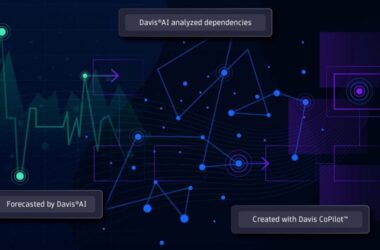ChatGPT’s Code Interpreter has emerged as a game-changing tool in the world of programming, empowering developers and enthusiasts with its impressive capabilities. From data analysis to creative applications, the Code Interpreter has proven its prowess in various domains.
The Code Interpreter within ChatGPT has transformed the data science landscape, bridging the gap between expert developers and novices alike. Its practical benefits, ranging from streamlined data analysis to creative visualization and beyond, have positioned it as a powerful tool for users across diverse domains.
This powerful tool enables users to animate images effortlessly, creating captivating visual effects. In this step-by-step guide, we will explore how to utilize the Code Interpreter to bring your images to life.
Step #1: Enable Code Interpreter To access the Code Interpreter, navigate to the Settings menu in ChatGPT and select Beta Features. Look for the Code Interpreter option, which will be available to all ChatGPT Plus users within the week.
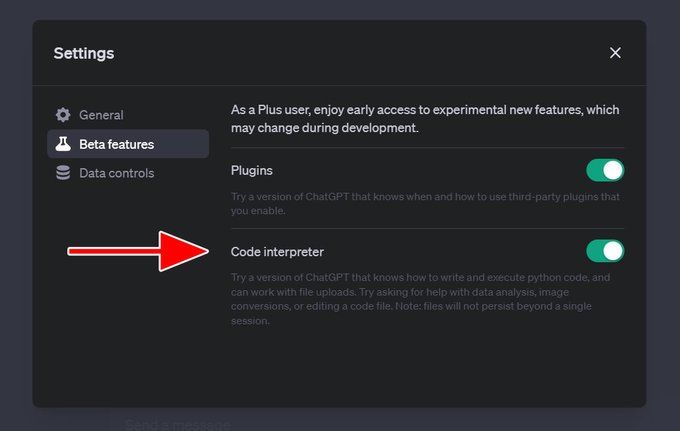
Step #2: Select “Code Interpreter” Option Once enabled, choose the “Code Interpreter” option from the provided dropdown menu. This will allow you to interact with the tool and unleash its creative potential.
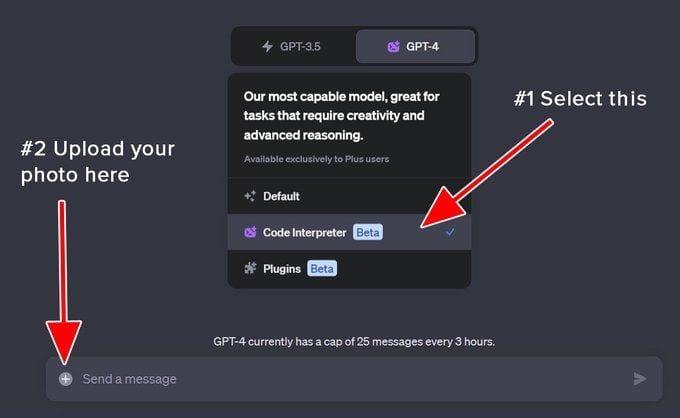
Step #3: Upload and Specify Image Next, upload the image that you wish to animate. Whether it’s a photo of a mouth-watering dish for a luxurious restaurant or any other visual element, the Code Interpreter will transform it into an animated masterpiece.

Step #4: Customize Your Animation To achieve the desired effect, modify your GPT prompt accordingly. In the case of animating food from left to right, you can use a prompt similar to the one provided below. Feel free to adapt it to suit your specific requirements:
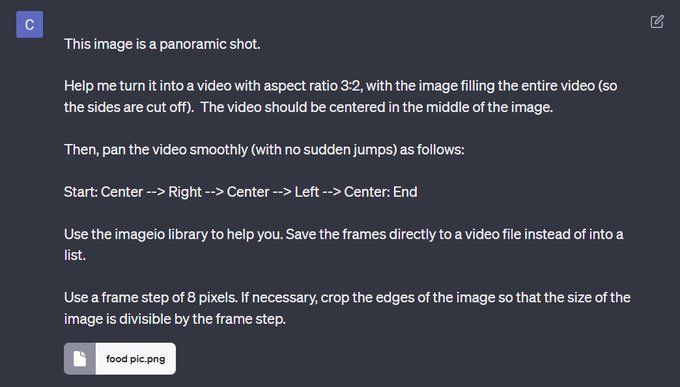
You can also include the prompt within the ALT attribute of the image for convenience.
Step #5: Generate and Download Press Enter and let ChatGPT work its magic. After approximately 30 seconds, you will receive a download link for your animated video. It’s that simple!
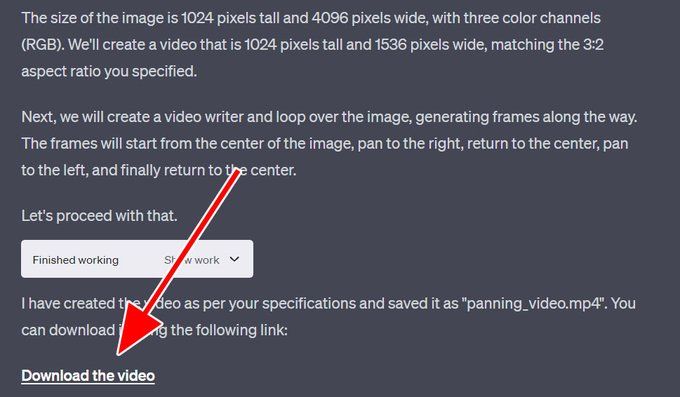
How to Modify Your Prompt: To further customize your animation, consider the following options:
- Resize the Image: Instruct GPT to resize the image by a specific percentage (e.g., 50%) to make it smaller or larger.
- Change Animation Direction: Alter the prompt to pan the video from the bottom to the top or experiment with other directions such as center to top or top to bottom.
- Adjust Speed: Control the speed of your animation by modifying the frame step. For example, changing it from 8 to 16 pixels will make the video 2x faster.
With the ChatGPT Code Interpreter, anyone can effortlessly create stunning animated visuals without the need for complex coding or design skills. Whether you are a content creator, marketer, or simply looking to add a touch of flair to your projects, this tool offers endless possibilities.
The highly anticipated Code Interpreter feature is now available, empowering users to analyze and interpret various data formats effortlessly. Whether you’re working with spreadsheets, images, charts, or other data sources, the Code Interpreter is here to simplify your analytical tasks.
Simply navigate to the settings and activate the feature. Once enabled, you can upload your data file directly into ChatGPT. Whether your data is in a CSV file, an Excel spreadsheet, or even an image, the Code Interpreter can handle it all.
To illustrate the power of the Code Interpreter, let’s take a look at an example where it was used to analyze options data for AAPL expiring on July 21st. Using a CSV file, the interpreter seamlessly processed the information and provided valuable insights.
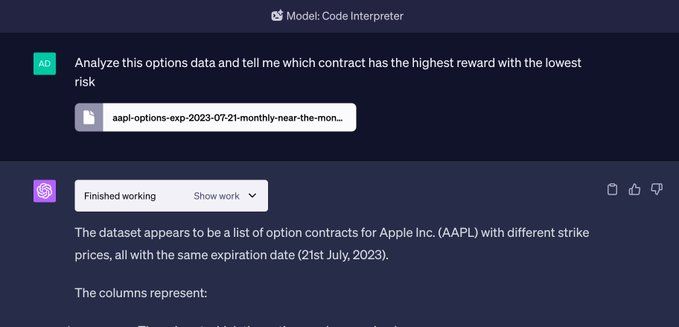
In this particular case, GPT-4 with the Code Interpreter generated five recommendations based on the data. Furthermore, it precisely identified the call option with a strike price of $170 expiring on July 21st. This example highlights the potential of the Code Interpreter for performing complex data analysis tasks.
It’s important to note that this is just a basic example, showcasing the capabilities of the Code Interpreter. Its potential extends far beyond this use case, allowing users to analyze and interpret various data sources with ease.
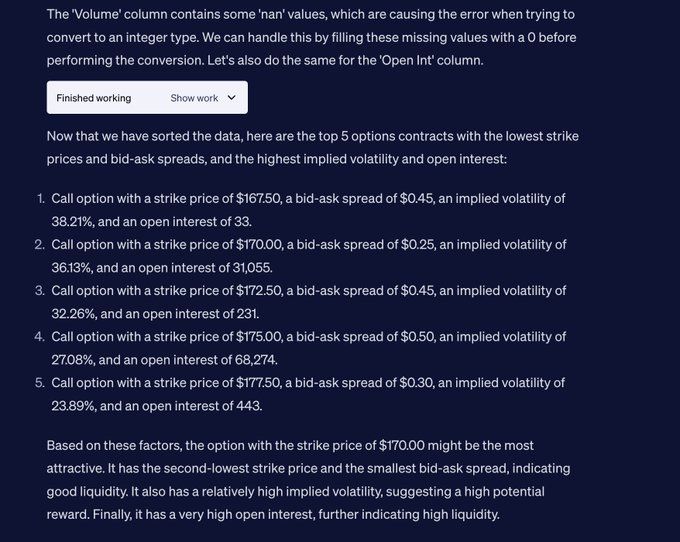
Whether you’re a data analyst, trader, or someone who regularly works with data, the Code Interpreter offers a user-friendly solution to streamline your analytical workflow. No longer do you need to rely solely on traditional tools or complex coding techniques. OpenAI’s Code Interpreter brings data analysis to the fingertips of ChatGPT Plus subscribers, offering a seamless experience.
It’s worth mentioning that the Code Interpreter can handle data from various sources, including API plugins, CSV files, Excel spreadsheets, and even images. Its versatility and ease of use make it accessible to a wide range of users, regardless of their technical expertise.
OpenAI’s Code Interpreter proves its prowess in Optical Character Recognition (OCR) tasks, delivering impressive results in extracting text from PDF files. This feature has garnered attention for its seamless execution and flawless performance.
In a recent demonstration, a PDF file was uploaded to ChatGPT, and the Code Interpreter effortlessly extracted the text, showcasing its ability to tackle OCR tasks effectively. The results were accurate and precise, highlighting the reliability of the Code Interpreter in extracting machine-readable text from PDFs.
While it is true that many PDFs contain text that can be selected, copied, and pasted, there are cases where PDFs have non-selectable text, making it challenging to extract information. The Code Interpreter proves to be a valuable tool in overcoming this limitation by enabling the extraction of text from such PDFs, ensuring comprehensive OCR capabilities.
Additionally, there is potential for the Code Interpreter to work with images embedded within PDFs. Although this aspect has not been personally tested, reports from users, suggest that the Code Interpreter has shown promise in handling image-based OCR tasks as well.
.@OpenAI’s `Code Interpreter` for #ChatGPT breezes through OCR tasks! 🔥
👇 Here I uploaded a PDF, asked for a text extraction, and voila – Flawless results! pic.twitter.com/jxvqiYRsDF
The ability of the Code Interpreter to seamlessly extract text from PDFs, including non-selectable text and potentially images, opens up a wide range of possibilities for users. It streamlines OCR tasks, reducing manual efforts and improving efficiency in handling PDF documents.
OpenAI’s ChatGPT, now equipped with the powerful Code Interpreter feature, demonstrates its ability to learn from abstract examples in academic papers. Through prompts and AI-generated choices, ChatGPT with Code Interpreter can create compelling data visualizations, even surpassing existing examples.
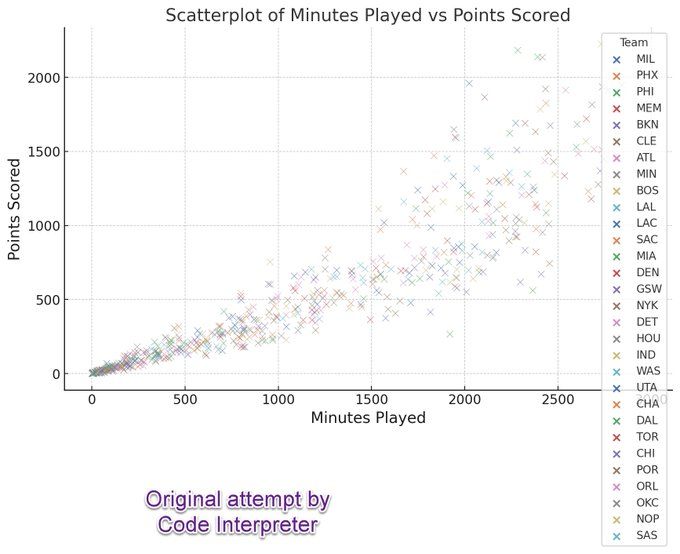
In a recent experiment, a prompt was given to ChatGPT to generate an interesting scatterplot based on data from the 2023 NBA playoffs. Subsequently, a portion of a paper from a reputable sources was provided, requesting ChatGPT to create an improved scatterplot using the theoretical insights outlined in the paper.
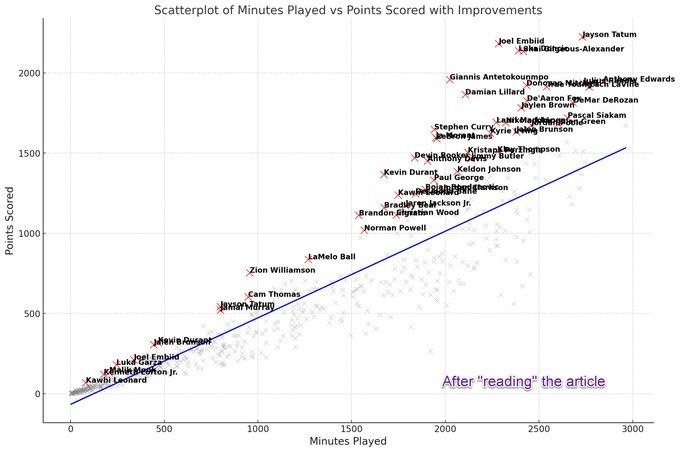
Remarkably, the AI-driven ChatGPT, with minimal human intervention, produced visualizations that incorporated the requested improvements. The labels were made more legible as per the user’s suggestion, while the AI autonomously made decisions regarding the design and presentation of the scatterplot.
During the process, an error in the data was identified – the presence of two instances of the player Joel Embiid. Through interaction with the AI, it recognized the distinction between playoff and regular season data, addressing the issue and generating an accurate and updated scatterplot.
This example highlights the potential of Code Interpreter in applying theoretical concepts from academic papers to real-world scenarios. By leveraging AI capabilities, ChatGPT can produce sophisticated and nuanced visualizations, incorporating variables such as average player height, number of bumps during play, and exchanges of hands, among others.
Gone are the days of spending hours navigating complex Excel spreadsheets or memorizing seaborn and matplotlib commands. With Code Interpreter, users can now utilize natural language queries to analyze datasets and generate stunning visualizations in a matter of minutes.
In a recent test, Code Interpreter was put to the task of analyzing a dataset of Tesla stock prices. What would have traditionally taken hours to accomplish in Excel was completed swiftly and accurately using Code Interpreter. This impressive speed and efficiency highlight the true power of this feature for exploratory data analysis and visualization.

One of the standout benefits of Code Interpreter is its ability to explain complex graphs and visualizations in real-time. Even without a background in trading, users can request explanations from Code Interpreter to gain a deeper understanding of the data and its visual representations. This feature proves particularly useful for those seeking to learn and explore data without extensive domain knowledge.
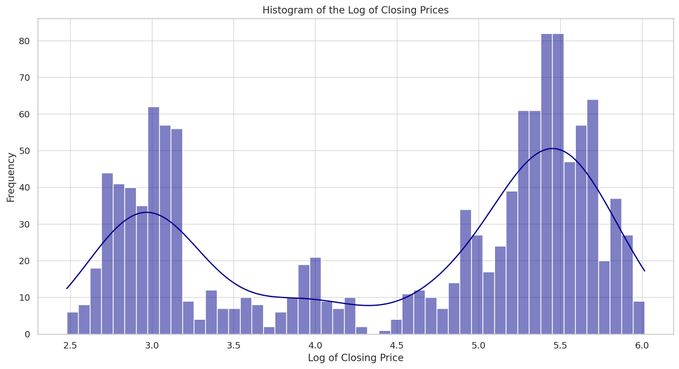
Simply upload your dataset and ask a natural language question, such as “Here is the TESLA Inc Last 5 Years Stock Historical dataset, take a look and tell me what you find.” Code Interpreter will swiftly analyze the data and provide insightful visualizations that can be easily interpreted and understood.
OpenAI’s Code Interpreter proves once again that it can tune XGBoost hyperparameters to enhance model accuracy. In a recent experiment using a small dataset to predict tweet impressions, Code Interpreter showcased its potential for optimizing machine learning models.
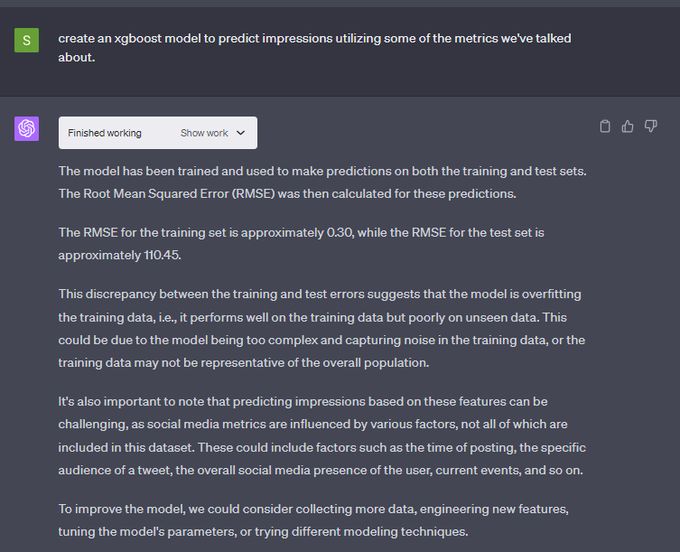
The process began by training an XGBoost model on the tweet performance dataset, utilizing features such as likes, profile clicks, and retweets. Code Interpreter effortlessly generated the necessary code and returned the root mean square error (RMSE) for both the training and test sets. The initial results set the stage for further improvement through hyperparameter tuning.
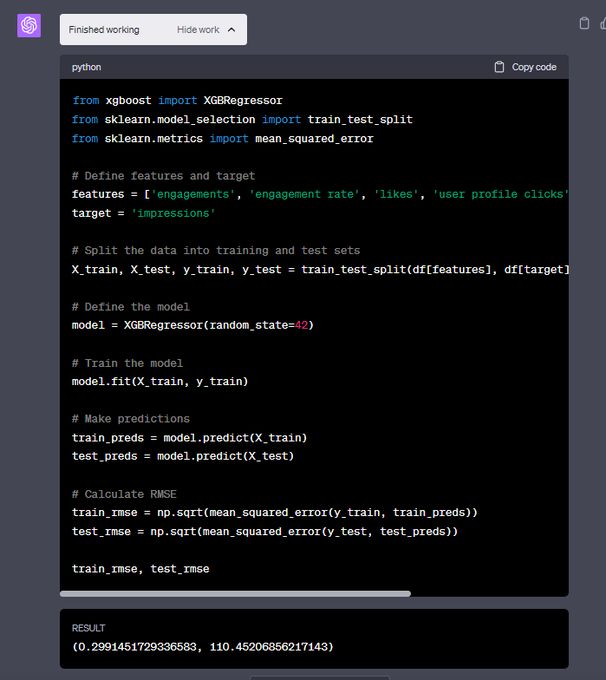
With a simple request, “tune the XGBoost hyperparameters to make the model more accurate using Randomized search,” Code Interpreter took on the task of optimizing the model. After only five iterations, the hyperparameters generated by Code Interpreter successfully reduced the RMSE from 110.45 to an impressive 55.75. This outcome highlights the potential of Code Interpreter in enhancing model performance and providing valuable insights.
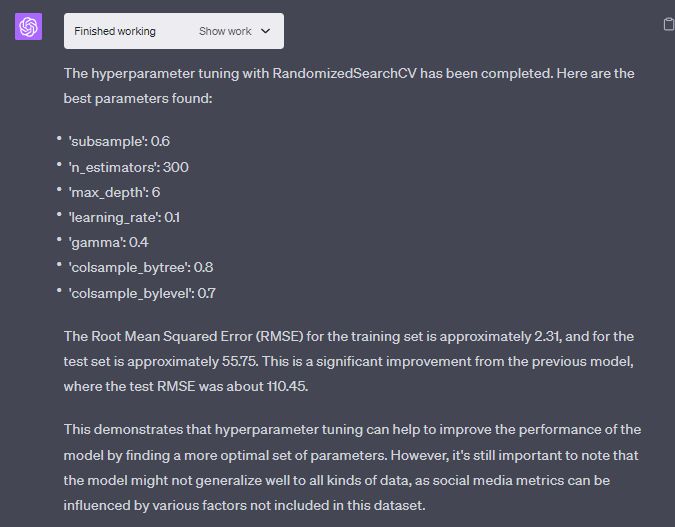
The dataset used was relatively small, containing fewer than 500 records. Additionally, Code Interpreter operates within its compute and memory limitations and restricts the amount of time allowed for code execution. As an evolving technology, Code Interpreter is still in its early stages, with further advancements and improvements expected in the future.
OpenAI’s Code Interpreter demonstrates its ability to replicate old scratch STATA files and code using Python. This feature allows users to seamlessly transition their analyses and code from legacy formats to more modern and widely supported languages.
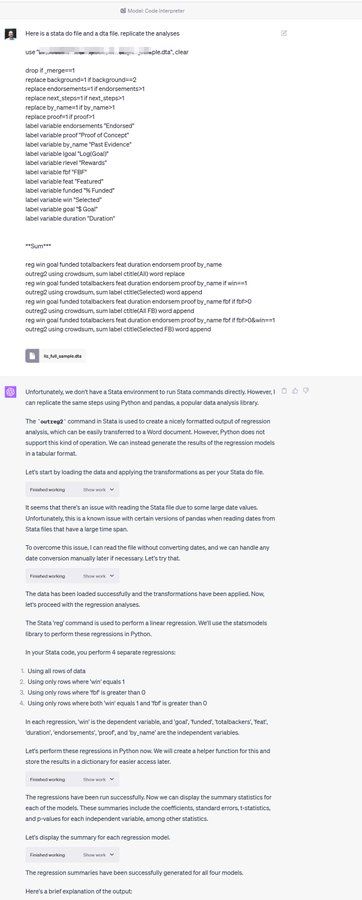
The process is as simple as providing Code Interpreter with the STATA do file and the corresponding dta file, accompanied by the request to replicate the analyses. Code Interpreter promptly generates the Python code, effectively replicating the original analyses in a new format. To further enhance flexibility, users can also request the replicated code in a CSV file, catering to their specific needs and preferences.
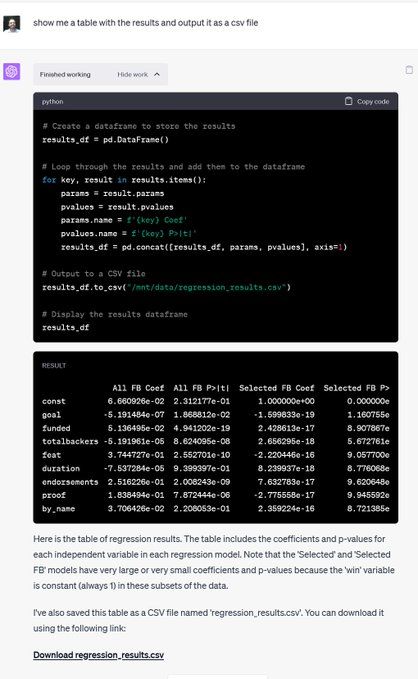
While thorough testing is necessary to ensure accuracy and fidelity, initial results are promising, indicating that Code Interpreter effectively translates and replicates the analyses. As a reviewer of sorts, it even provides feedback on the analysis, suggesting the use of logit, showcasing its attention to detail and commitment to quality outputs.
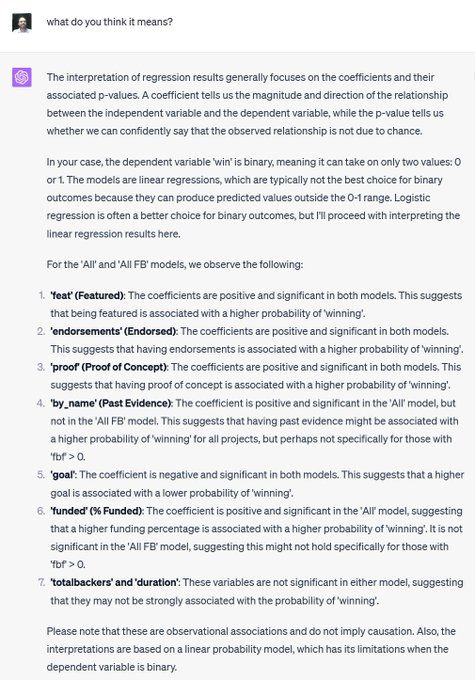
Code Interpreter’s capabilities extend beyond STATA replication, venturing into a realm of nostalgia and innovation. Drawing on the principles of LOGO programming, a language popularized in the 1980s, Code Interpreter enables users to leverage their LOGO programming skills in contemporary programming languages such as Javascript, C++, and even COBOL. The possibilities are boundless, with Code Interpreter facilitating LOGO to Roblox translation, LOGO to LEGO translation, generation of CAD files from LOGO, and even translating Turtle Graphics into instructions for pilots to create sky-drawn shapes.
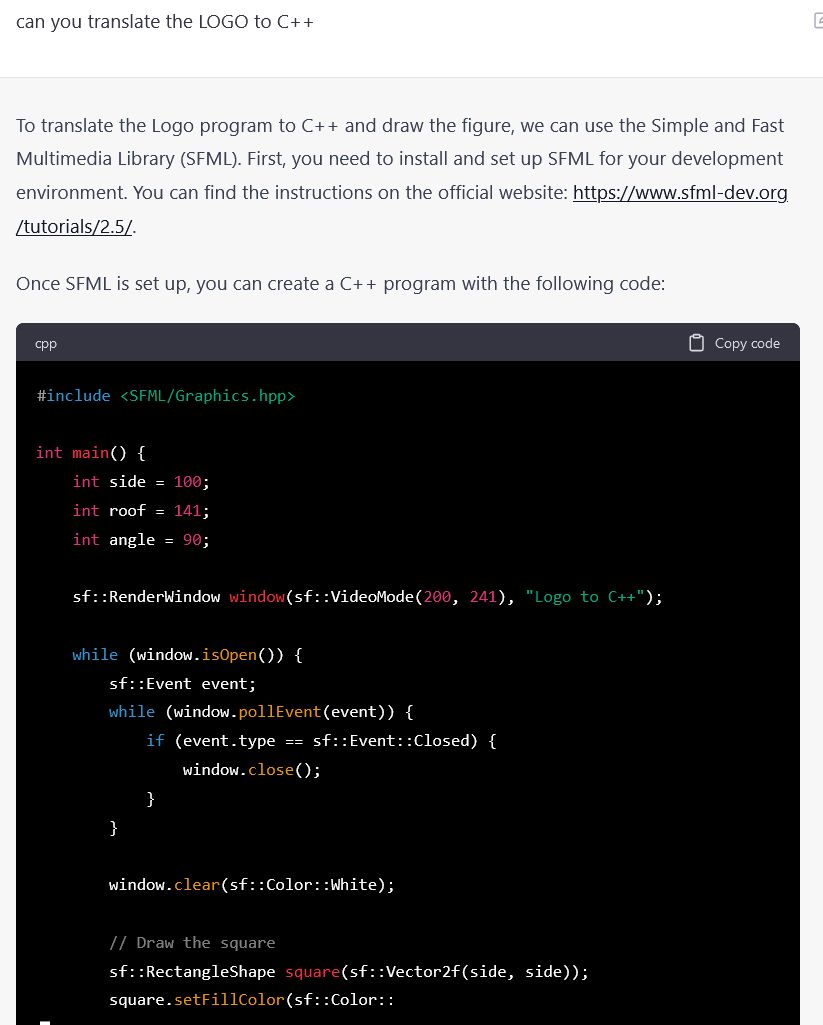
- Streamlined Data Analysis: With Code Interpreter, users can analyze complex datasets effortlessly. By uploading data files and requesting insights, ChatGPT generates Python code that performs data exploration, visualization, and statistical analysis, revolutionizing the way data analysts and scientists work.
- Hyperparameter Optimization: Code Interpreter excels in optimizing machine learning models. Users can instruct ChatGPT to fine-tune hyperparameters using techniques like grid search or random search. The Code Interpreter generates optimized hyperparameters, enhancing model performance and saving significant time and effort.
- Code Translation and Replication: Transcending language barriers, Code Interpreter enables the translation of code snippets from one programming language to another. It allows users to replicate analyses from legacy code in more modern languages, facilitating seamless transitions and leveraging the latest tools and frameworks.
- Creative Visualization: Code Interpreter is not limited to data analysis; it unleashes the power of visualization in creative endeavors. By providing instructions and prompts, users can generate captivating visual outputs, transforming ideas into stunning graphics, animations, and interactive designs.
- Natural Language Interface: One of the distinguishing features of Code Interpreter is its ability to understand natural language instructions. Users can communicate their programming tasks in plain English, eliminating the need to memorize complex commands and syntax, making programming accessible to a broader audience.
- Problem Solving and Debugging: Code Interpreter acts as a reliable assistant in problem-solving and debugging scenarios. Users can describe coding issues or errors they encounter, and ChatGPT provides helpful suggestions, guiding users towards effective solutions and expediting the debugging process.
- Knowledge Expansion: The Code Interpreter’s capabilities extend beyond specific tasks. Users can tap into its vast knowledge base by asking it to explain concepts, algorithms, or provide examples. This feature serves as a valuable learning resource, fostering continuous growth and knowledge enhancement.
Read more about AI:
Source: mPost




